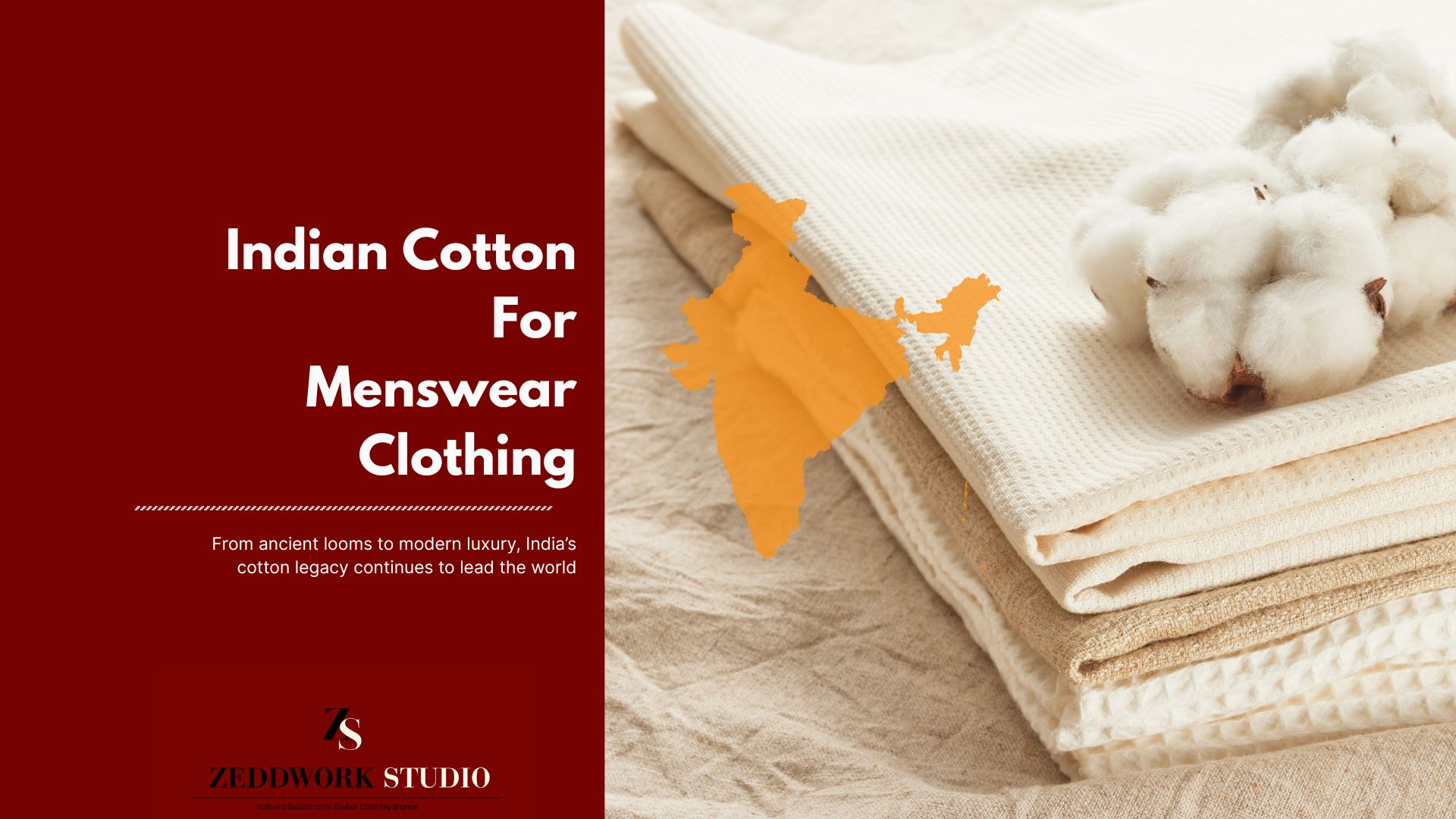The global polo shirt market continues to prove that timeless fashion never goes out of style. Valued at USD 2.77 billion in 2023, the market is expected to reach USD 4.57 billion by 2032, growing at a CAGR of 5.72% from 2024 to 2032.
What’s driving this steady rise? A powerful mix of comfort, versatility, and modern consumer lifestyle changes.
The Enduring Appeal of Polo Shirts
Unlike fleeting fashion trends, the polo shirt sits at the intersection of casual and formal wear. Made from soft, breathable fabrics like cotton, polos are:
- Comfortable for all-day wear
- Versatile enough to be paired with jeans, chinos, or slacks
- Practical due to easy care and durability
It’s no surprise that they’re a wardrobe staple for men, women, and children across the globe. Whether on the golf course, in the office, or during casual outings, the polo shirt has cemented its place as a must-have garment.
Market Growth Drivers
1. Rising Disposable Income
In emerging economies, higher incomes are fueling demand for apparel, especially premium casualwear like polos.
2. Urbanization
With 56% of the world’s population living in cities (World Bank), urban lifestyles are boosting retail accessibility and changing dress habits—encouraging people to opt for stylish, easy-to-wear garments like polos.
3. Casualization of Fashion
Globally, the shift towards casual and smart-casual dress codes has made polos a go-to choice, blurring the lines between leisurewear and office wear.
The Role of Artificial Intelligence in Polo Shirt Manufacturing
AI is reshaping both production and shopping experiences:
- Manufacturing Optimization: Predicting fabric use, reducing waste, and improving efficiency.
- Trend Forecasting: Analyzing sales data to anticipate styles, sizes, and colors.
- Virtual Shopping: AI-driven fitting rooms and virtual assistants provide personalized recommendations and reduce returns.
This intersection of technology + apparel is helping polo shirts evolve into a category that is smarter, more sustainable, and consumer-focused.
Market Challenges
While growth is strong, the industry faces key restraints:
- High Production Costs: Premium raw materials (cotton, polyester, wool) make polos pricier to produce.
- Sustainability Concerns: Rising consumer awareness about fast fashion’s environmental impact is pushing brands to rethink fabric sourcing and production processes.
Emerging Opportunities
Innovation in sustainable fabrics is opening new doors:
- Brands are investing in R&D to develop polos made with natural fibers, recycled materials, and eco-friendly finishes.
- For example, in 2022, Ralph Lauren launched the RLX CLARUS Polo Shirt, created with natural fibers while maintaining its luxury heritage.
This trend signals that the future of polo shirts lies in sustainability and innovation.
Polo Shirt Market by Segments
By Fit
- Regular Fit: Largest share in 2023; universal appeal.
- Slim Fit: Fast-growing segment, linked to athleisure and body-conscious fashion.
- Plus Size: Expanding in response to inclusivity in fashion.
By Consumer Group
- Men: Traditional stronghold of the polo shirt market.
- Women: Rapid growth driven by sports, athleisure, and casual fashion.
- Children: Steady demand due to practicality and comfort.
By Application
- Casual Wear: Biggest segment; versatility drives adoption.
- Sportswear: Growing fast, especially in golf, tennis, and active lifestyle apparel.
- Everyday Wear & Formal Wear: Steady demand as polos transition across occasions.
By Material
- Cotton: Dominates due to breathability and comfort.
- Blends: Fastest-growing; combines comfort with durability and wrinkle resistance.
- Polyester: Preferred for sports and performance wear.
By Distribution Channel
- Offline: Still dominant, thanks to in-store experiences and fabric touch.
- Online: Rapid expansion with e-commerce platforms and AI-driven personalization.
Regional Outlook
- North America: Largest market, driven by high spending power and casualwear culture.
- Asia Pacific: Fastest-growing region due to urbanization, rising incomes, and booming e-commerce.
- Europe & Latin America: Strong markets with emphasis on athleisure and premium casualwear.
- Middle East & Africa: Steady growth with increasing urbanization and retail expansion.
The Future of Polo Shirts
The next decade will see polo shirts evolve into eco-luxury staples:
- Blended and natural fibers will lead fabric innovation.
- Athleisure and casualwear will drive demand for slim-fit, performance-ready polos.
- Sustainable provenance will be critical for brands to attract eco-conscious consumers.
- AI and digital sampling will transform manufacturing and shopping experiences.
From boardrooms to golf courses, and from streetwear to luxury labels, the polo shirt is here to stay—stronger, smarter, and more sustainable than ever.
The polo shirt market outlook to 2032 proves one thing: this classic is not just surviving—it’s thriving. With growth fueled by urbanization, sustainability, and innovation, polos are becoming the ultimate expression of casual luxury.
At Zeddwork Studio, we help global brands manufacture polo shirts with:
- Premium cottons and blends
- Sustainable dyeing and washing techniques
- Artisan detailing combined with modern production efficiency
Ready to add premium polo shirts to your brand’s collection?
Partner with Zeddwork Studio and create products that balance comfort, sustainability, and style.


